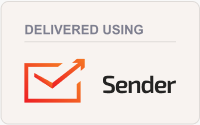UNICOM is documenting the benefits of IDMP for clinical practice, research, patient empowerment, personalised medicine and pharmacovigilance.
Norway, Belgium, Greece, Italy, Finland and the USA have collaborated with UNICOM to provide a limited (4 substances) but complete #IDMP/ #FHIR data set.
The process consists in collecting Data “AS IS”, and doing a central standardization to EDQM, limited to the minimal attribute list (variables relevant for pilots) and limited to 4 single and simple substances.
The project database is instrumental to the pilots of UNICOM (eHSDI cross-border services, substitution component, cross-national comparison, linking to international pharmacotherapeutic classifications, patient-facing apps, experiments in PhPID production).
Read below about the first results of this work and learn why we believe that IDMP can strongly reinforce Decision Support Systems in medication management in Europe and can change the way we look at phamacovigilance.
CLICK ON THE PICTURES TO ENLARGE
